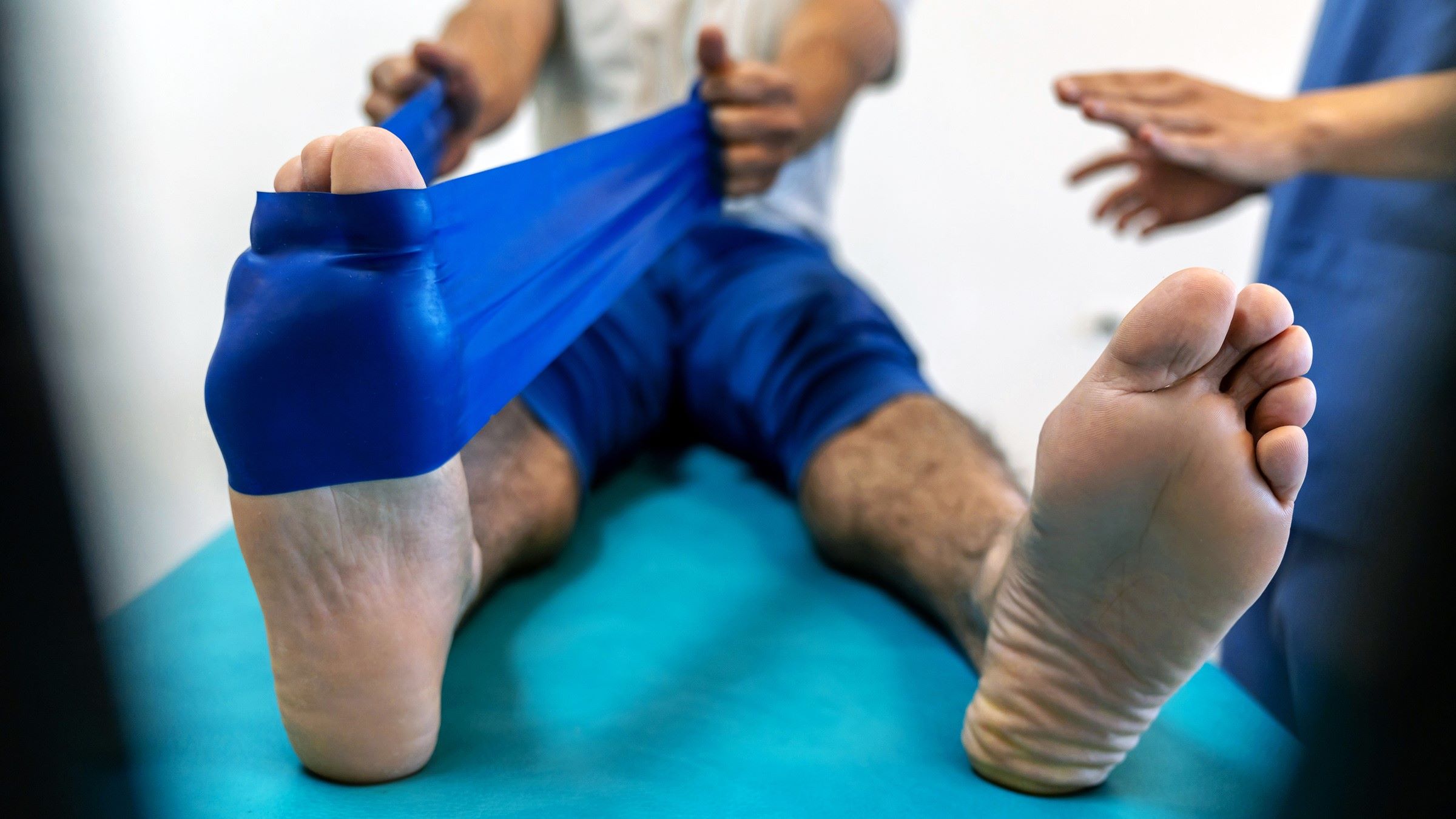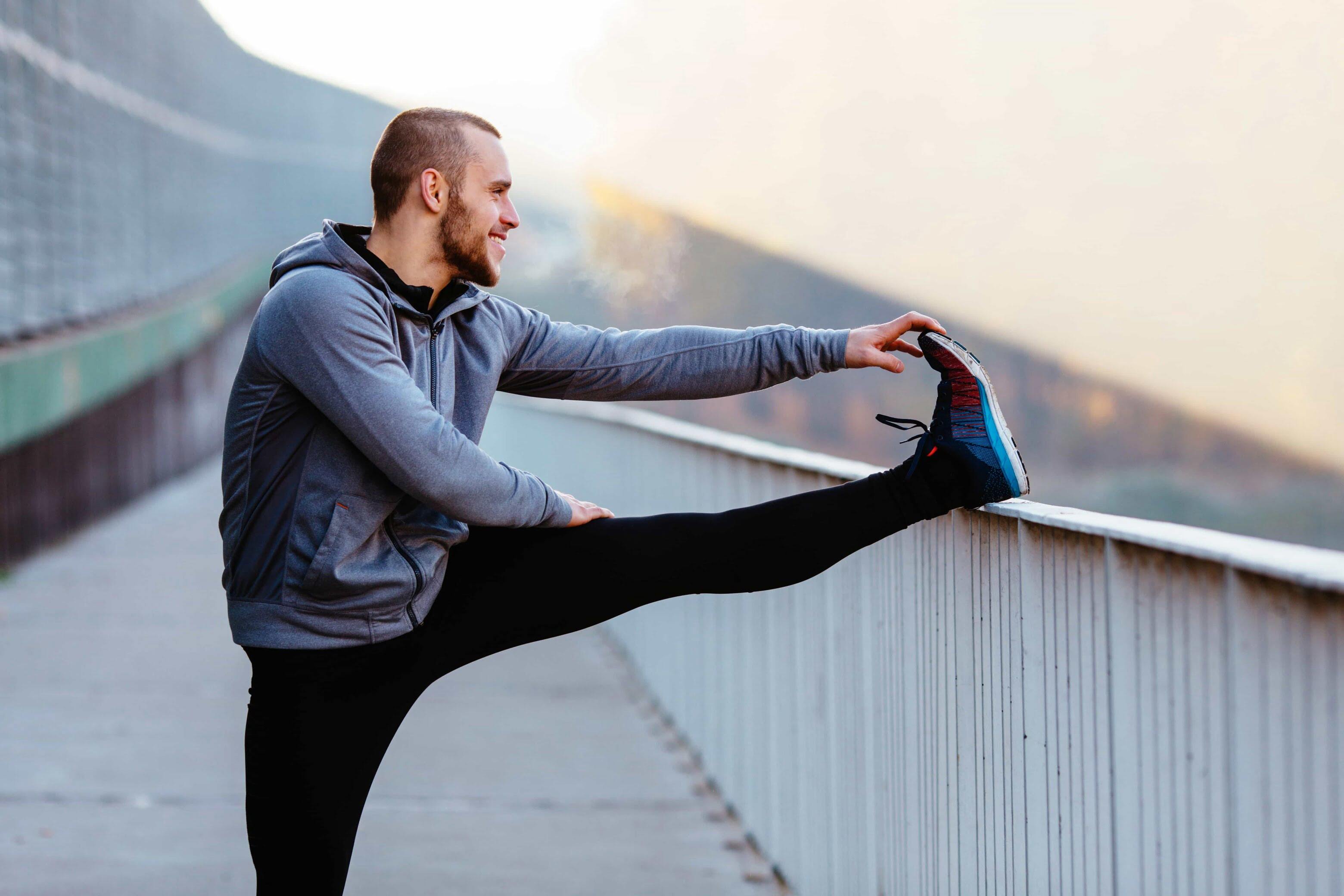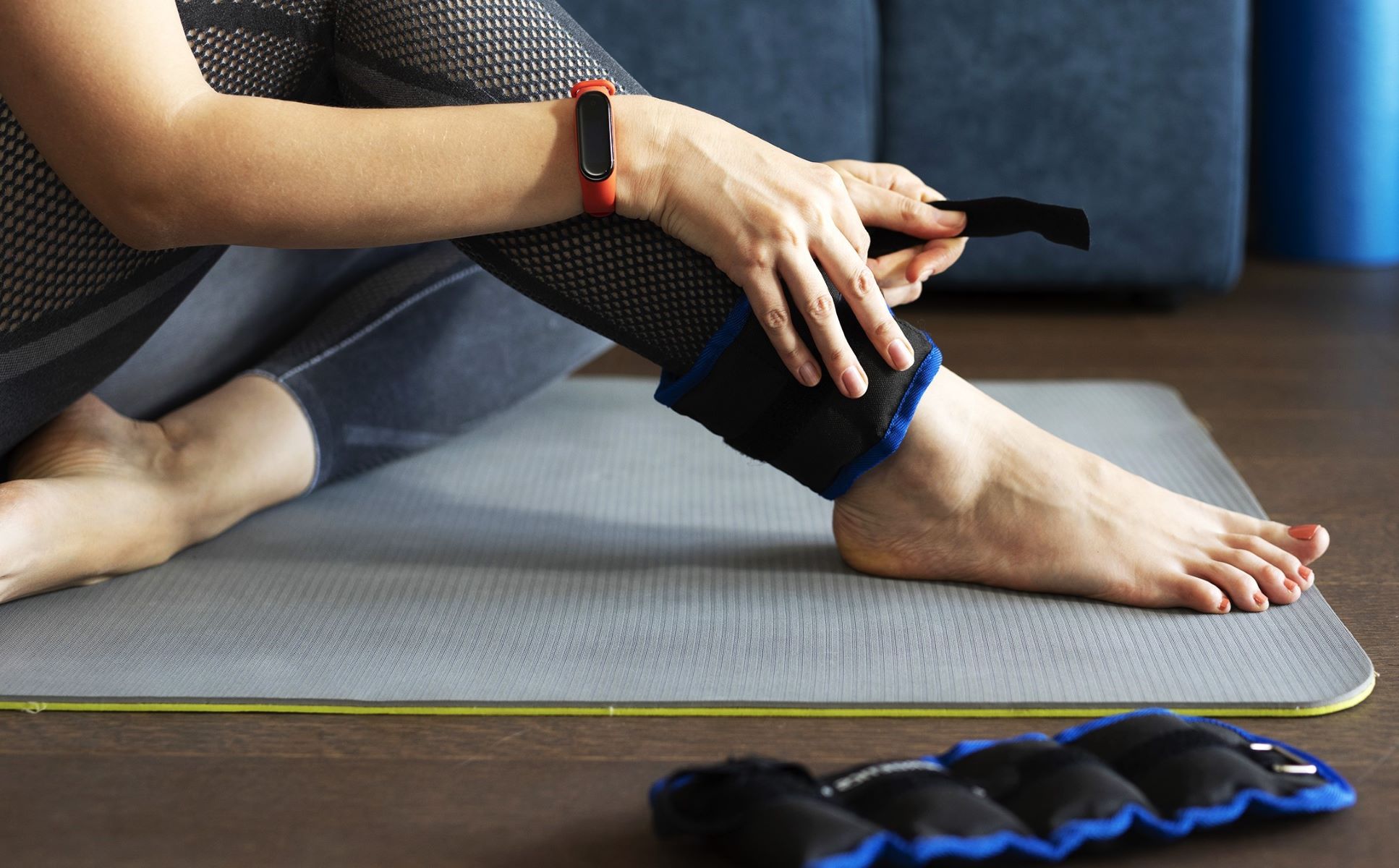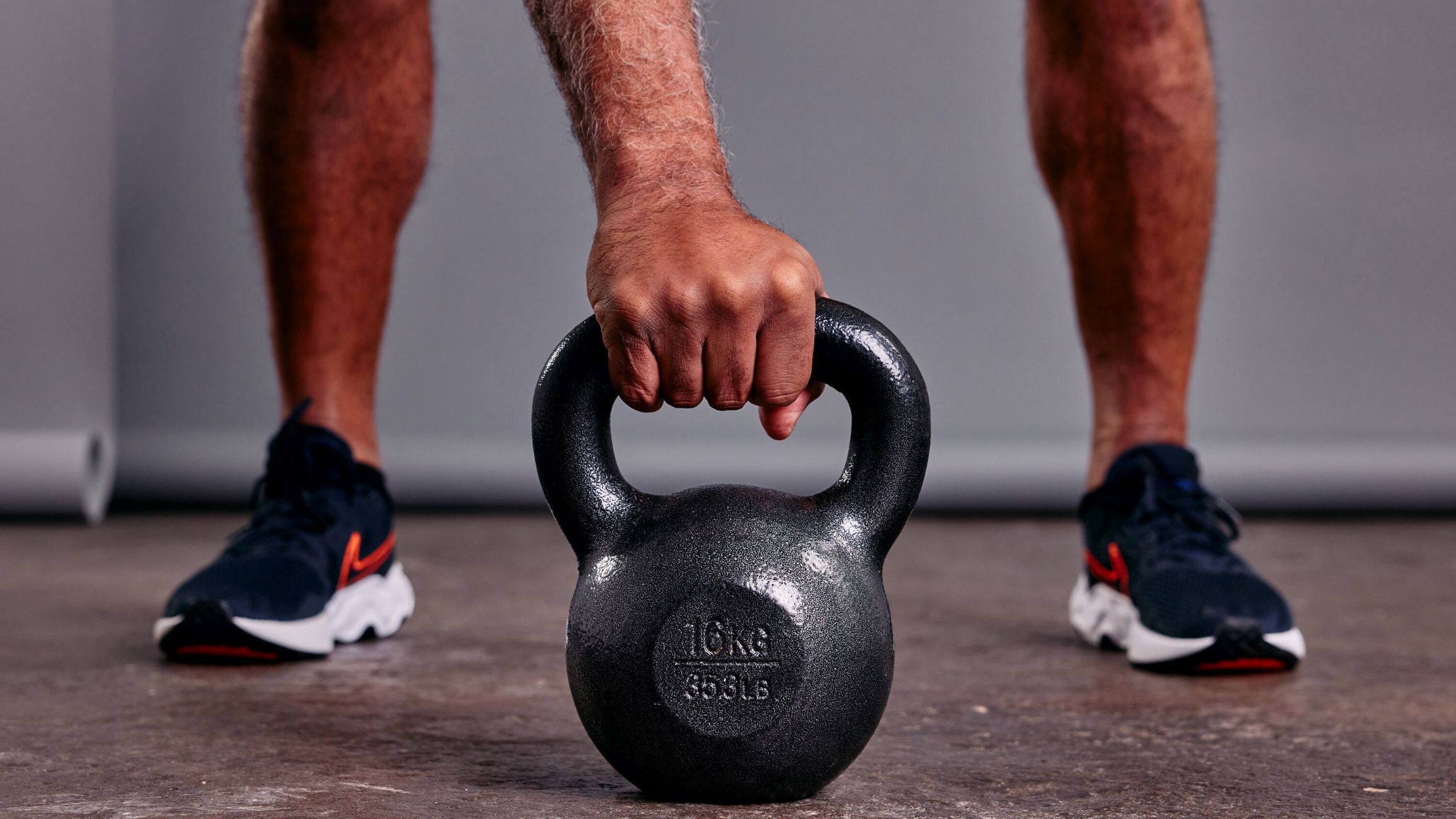Home>Health & Nutrition>Injury Prevention>Enhance Strength And Prevent Injuries Through This Post-run Stability Workout


Injury Prevention
Enhance Strength And Prevent Injuries Through This Post-run Stability Workout
Published: February 29, 2024
Strengthen your body and prevent injuries with this effective post-run stability workout. Learn essential exercises to enhance your strength and protect against injuries.
(Many of the links in this article redirect to a specific reviewed product. Your purchase of these products through affiliate links helps to generate commission for Therunningadvisor.com, at no extra cost. Learn more)
Table of Contents
Importance of Post-Run Stability
After completing a vigorous run, it's crucial to recognize the significance of post-run stability exercises. While running is an excellent way to enhance cardiovascular health and build endurance, it can also place stress on the body, particularly the muscles and joints. Engaging in a post-run stability routine can effectively counteract the impact of running, leading to a more balanced and resilient body.
When you run, your muscles, tendons, and ligaments undergo repetitive stress and impact. Over time, this can lead to muscle imbalances, reduced flexibility, and increased risk of injury. Post-run stability exercises play a pivotal role in addressing these issues by targeting specific muscle groups and enhancing overall body stability.
By incorporating stability exercises into your post-run routine, you can improve your body's ability to maintain proper alignment and control during movement. This, in turn, helps prevent overuse injuries and promotes better running form. Additionally, post-run stability workouts can aid in strengthening the core, which is essential for maintaining stability and preventing injuries in various physical activities.
Moreover, post-run stability exercises contribute to the development of proprioception, which is the body's awareness of its position in space. This heightened awareness can significantly reduce the risk of tripping, falling, or sustaining injuries during daily activities or future runs.
In essence, post-run stability is not merely an afterthought but a crucial component of a well-rounded running regimen. It serves as a proactive measure to safeguard the body against the wear and tear of running, ultimately enhancing overall performance and reducing the likelihood of injuries.
Key Exercises for Enhancing Strength
-
Plank Variations: Planks are exceptional for building core strength, which is fundamental for stability and injury prevention. Variations such as side planks and plank with leg lifts engage the core, obliques, and glutes, promoting overall stability and balance.
-
Single-Leg Deadlifts: This exercise targets the hamstrings, glutes, and lower back, enhancing stability and proprioception. By focusing on one leg at a time, it helps correct muscle imbalances and strengthens the stabilizing muscles around the hips and knees.
-
Lunges: Lunges are effective for strengthening the quadriceps, hamstrings, and glutes, while also improving balance and stability. Adding variations like walking lunges or reverse lunges can further challenge the stabilizing muscles and enhance overall lower body strength.
-
Bridges: Bridges isolate and strengthen the glutes and hamstrings, crucial for maintaining proper running form and preventing injuries. By activating the posterior chain, bridges contribute to improved hip stability and overall lower body strength.
-
Balance Exercises: Incorporating balance exercises such as single-leg stands or stability ball exercises can significantly enhance proprioception and stability. These exercises challenge the body to maintain equilibrium, ultimately reducing the risk of falls and injuries.
-
Resistance Band Exercises: Utilizing resistance bands for exercises like lateral band walks, clamshells, and monster walks can effectively target the hip abductors and external rotators. Strengthening these muscles is vital for stabilizing the hips and preventing common running-related injuries.
-
Calf Raises: Strengthening the calf muscles through calf raises can improve ankle stability and reduce the risk of ankle sprains. Strong calf muscles contribute to better shock absorption during running, thereby minimizing the impact on the lower leg.
Incorporating these key exercises into your post-run stability routine can significantly enhance strength, stability, and overall injury prevention. By targeting specific muscle groups and focusing on balance and proprioception, these exercises contribute to a well-rounded approach to injury prevention and long-term running success.
Tips for Preventing Injuries
Preventing injuries is paramount for any runner aiming to maintain a consistent and sustainable training regimen. Here are essential tips to minimize the risk of running-related injuries:
-
Gradual Progression: Avoid sudden increases in mileage or intensity. Gradually build up your running volume to allow your body to adapt and reduce the risk of overuse injuries.
-
Proper Footwear: Invest in high-quality running shoes that provide adequate support and cushioning. Ensure that the shoes are suitable for your foot type and running gait to minimize the impact on your joints and muscles.
-
Dynamic Warm-Up: Prior to running, engage in a dynamic warm-up routine to prepare your muscles and joints for the activity. Dynamic stretches and movements help improve flexibility and reduce the likelihood of muscle strains.
-
Cross-Training: Incorporate cross-training activities such as swimming, cycling, or strength training into your routine. This diversifies the stress on your body and strengthens supporting muscles, reducing the risk of overuse injuries.
-
Rest and Recovery: Allow ample time for rest and recovery between runs. Adequate rest is crucial for muscle repair and adaptation, preventing overtraining and associated injuries.
-
Proper Nutrition: Maintain a balanced diet rich in nutrients to support muscle recovery and overall health. Proper nutrition plays a vital role in injury prevention and maintaining optimal performance.
-
Listen to Your Body: Pay attention to any signs of pain, discomfort, or unusual fatigue. Addressing minor discomfort early can prevent it from developing into a more serious injury.
-
Post-Run Stretching: After your run, engage in static stretching to improve flexibility and reduce muscle tightness. Focus on major muscle groups such as the hamstrings, quadriceps, calves, and hips.
-
Hydration: Stay adequately hydrated before, during, and after your runs. Proper hydration supports muscle function and joint lubrication, reducing the risk of cramps and injuries.
-
Professional Guidance: Consider consulting a running coach or physical therapist to assess your running form and biomechanics. Professional guidance can help identify potential issues and provide personalized recommendations for injury prevention.
By implementing these injury prevention tips, runners can significantly reduce the likelihood of experiencing common running-related injuries, allowing for a more enjoyable and sustainable running experience.
Incorporating Stability Workouts into Your Routine
Incorporating stability workouts into your routine is a proactive approach to enhancing overall strength, balance, and injury prevention. By integrating these exercises into your post-run regimen, you can effectively fortify your body against the demands of running and promote long-term physical well-being.
To seamlessly integrate stability workouts into your routine, consider the following strategies:
1. Consistency is Key
Consistency is fundamental when it comes to reaping the benefits of stability workouts. Aim to incorporate these exercises into your post-run routine at least 2-3 times per week. By making it a consistent practice, you allow your body to adapt and progressively improve its stability and strength.
2. Start Gradually
If you are new to stability workouts, it's essential to start gradually and focus on mastering proper form and technique. Begin with a few key exercises and gradually expand your repertoire as you become more comfortable and proficient. This approach minimizes the risk of overexertion and allows for steady progress.
3. Tailor to Your Needs
Consider tailoring your stability workouts to address specific areas of weakness or imbalance. For instance, if you experience instability in your ankles, incorporating exercises that target ankle strength and stability can be particularly beneficial. Customizing your routine to address individual needs can lead to more targeted and effective results.
4. Integrate Variety
Introducing variety into your stability workouts not only keeps them engaging but also ensures that different muscle groups are effectively targeted. Incorporate a mix of exercises that focus on core strength, lower body stability, and proprioception. This diverse approach contributes to a well-rounded enhancement of overall stability and balance.
5. Listen to Your Body
Pay attention to how your body responds to stability workouts. While it's normal to experience muscle fatigue, be mindful of any persistent discomfort or pain. Adjust the intensity or modify exercises as needed to ensure that you are challenging yourself without compromising safety.
6. Make it Enjoyable
Incorporating stability workouts into your routine doesn't have to feel like a chore. Explore different exercises and variations to find what resonates with you. Whether it's incorporating yoga poses for stability or utilizing stability balls and resistance bands, finding enjoyment in these workouts can contribute to long-term adherence.
By incorporating stability workouts into your routine with consistency, gradual progression, customization, variety, attentiveness to your body's signals, and a touch of enjoyment, you can effectively enhance your overall stability and reduce the risk of running-related injuries. These workouts serve as a proactive investment in your physical well-being, ultimately contributing to a more resilient and balanced body for your running endeavors.














